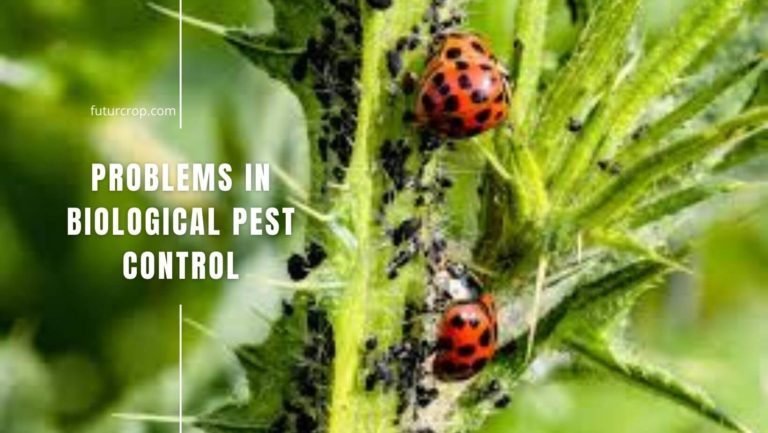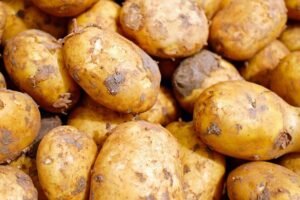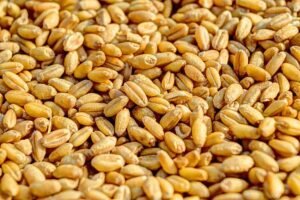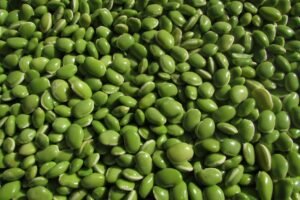
Problems in Biological Pest Control
Benefits of Biological Pest Control The biological control of pests through predatory insects and parasitoids, has undoubted advantages over the use of phytosanitary products, particularly chemicals. Among others, pest resistance to chemicals is not generated, the agricultural exploitation is healthier for farmers and workers, agricultural activity is sustainable, problems of chemical residues in agricultural products are avoided, the problem of packaging disposal is avoided, etc. However, some problems have also been noted. Problems in Biological Pest Control Requires specialized knowledge Knowledge that usually requires the hiring of a specialized technical advisor. In addition, its success does not simply depend on making a massive release of auxiliary fauna that controls pests, but many factors must be taken into account. It is a procedure that can be expensive. The moment of release of the control bodies Another problem of biological pest control is the determination of the right time for the release of biological controllers to be successful. It is essential to know precisely its biological cycle, so that the release occurs at the time of greatest abundance of individuals in the development phase of which the predator or parasitoid feeds. For example, biological control technicians had difficulty matching auxiliary fauna to the early stages of crop development, or to the peak presence of pests, especially in crops that lack pollen or lose flowering, or in crops where the tolerable level of the pest is very low. Other types of crops also posed difficulties, such as berries, which are carried out on dates when the natural enemies of pests are very difficult to establish. Marketing of prey mites The companies producing predatory insects and parasitoids for pest control decided to market prey mites, as supplementary food that ensures the establishment of predators and parasitoids, which they also market. Prey mites (such as Carpoglyphus lactis, which serves as food for many different types of predatory mites) are used to feed predatory mites, such as A. swirskii, T. montdorensis, A. andersoni, Oriuos or Nesidiocoris. If the predator or parasitoid is specialized in feeding on a certain phase of the pest insect (whether eggs, larvae, adults, etc.) the prey mites facilitate that this auxiliary fauna survives all the cycles of the plague, even in the absence of the pests themselves. It is worth asking to what extent, the release of additional food sources guarantee success in the control of pests; or, on the contrary, if on the contrary, such release hinders the satisfactory elimination of pests that damage crops, since the action of biological control agencies do not act in the same way in the face of the abundance of food. Calculation of OCB release moment To ensure the success of biological pest controllers it is not necessary to release extra food. In reality, the goal of this technology is not the survival of predatory mites, for example, but the elimination of pests that damage crops. And the determination of the ideal moment of the release of the biological controllers of crop pests can be established through the phenological control of the pests in question, a technique of proven effectiveness for more than 50 years. By adding degrees day and applying the corresponding phenological models for each pest, it is possible to accurately determine the biological development phases of more than 200 pests, at their real time and with a forecast of up to 7 days in advance. Tools such as those developed by the prestigious UC Davis (University of California), the University of Kentucky, University of Washington, Oregon State University, and many others, or low-cost commercialized software such as FuturCrop provide this information, without the need to acquire expensive data generating equipment to evaluate, nor the need to release additional food sources to facilitate the successful survival of food organisms. Biological pest control. More information Pest and weather models, College or Agricultural Sciences. Oregon State University USA National Phenology Network Aids Management of Pest Insects With Life-Stage Forecast Maps, Using Degree-Days and Plant Phenology to predict pest Activity, Daniel A. Herms, The Ohio State University Related Posts




